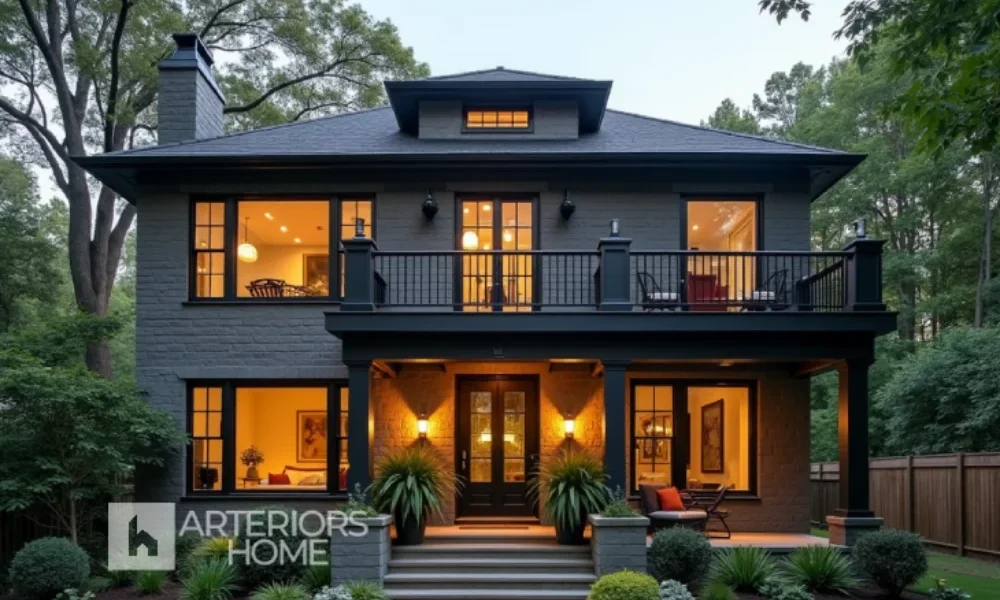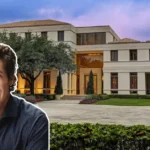Mickey Cohen started life far from the glamour of Los Angeles. Born in 1913 to Russian-Jewish immigrants in Brooklyn, New York, Cohen moved to Los Angeles as a child with his widowed mother and five siblings. The family settled in Boyle Heights, a working-class neighborhood where young Mickey first encountered the streets that would shape his future.
His childhood painted a clear picture of his path ahead. Before turning ten, Cohen found himself in reform school twice. He earned money selling newspapers and through petty theft, showing an early talent for hustling.
Boxing became his first real ambition. Fighting professionally as “Irish Mickey Cohen,” he stepped into the ring with modest success. This unremarkable boxing career would soon give way to more profitable ventures in the criminal underworld.
His criminal journey began in Cleveland, working as an enforcer for mob figures, then in Chicago with Al Capone’s Chicago Outfit. Returning to Los Angeles, Cohen formed a partnership with Bugsy Siegel that built a powerful West Coast crime syndicate. After Siegel’s assassination in 1947, Cohen took control as the dominant crime boss, earning the title “King of Los Angeles.”
The Notorious Gangster Mansion
The Mickey Cohen House on Moreno Drive stands as perhaps his most infamous residence. Located in a respectable Los Angeles neighborhood, this ordinary-looking home hid extraordinary secrets. Cohen transformed this Mickey Cohen House into what many described as an “armed, well-guarded fortress” that reflected his growing paranoia and the very real threats he faced.
The home’s architecture masked its true purpose. From the street, it appeared as a typical upscale residence, but inside, Cohen had created a gangster’s stronghold. Security features included reinforced walls, bulletproof windows, and an elaborate alarm system.
What made the house truly notorious was its role as both home and headquarters. The LAPD Gangster Squad targeted this location for surveillance, even attempting a bugging operation in the 1950s that ultimately failed. The constant police attention only added to the property’s mystique.
Cohen owned other notable properties as well. His mansion at 9100 Hazen Drive in Coldwater Canyon served as a high-stakes casino and party house during the 1940s. These homes became symbols of Cohen’s power and wealth, physical manifestations of his criminal success and his ability to operate in plain sight despite law enforcement scrutiny.
Gambling and Hollywood Parties
Step inside the Mickey Cohen House and you entered a world of excess, glamour, and danger. His Coldwater Canyon mansion transformed into an exclusive gambling den at night, where fortunes changed hands over card games and roulette wheels. The stakes reached staggering heights, with hundreds of thousands of dollars on the table during peak nights.
Hollywood royalty flocked to these gatherings. Frank Sinatra, Dean Martin, and Sammy Davis Jr. counted among Cohen’s celebrity friends and guests. Their presence lent an air of legitimacy and glamour to what remained, at its core, an illegal operation.
The parties served multiple purposes for the shrewd gangster. Beyond the profitable gambling operations, these social gatherings allowed Cohen to build relationships with influential people. Politicians, business leaders, and entertainment moguls mingled together, creating opportunities for blackmail and growing Cohen’s web of protection.
Cohen’s daily gambling operations generated massive revenue. Transactions with other syndicate offices ranged from $30,000 to $150,000 per office—equivalent to about $360,000 to $1.6 million today. Cohen collected commissions between 2.5% and 5% on this action, building substantial wealth through these illegal enterprises.
Gangland Headquarters
The Mickey Cohen House functioned as more than just a home—it served as the nerve center of his criminal empire. From this fortified residence, he directed operations spanning gambling, narcotics, labor racketeering, and more. The walls that kept enemies out also kept secrets in, allowing Cohen to conduct business away from prying eyes.
Security remained an obsession for the gangster. His home contained an armory with weapons ready for potential attacks. Secret rooms provided places to hide contraband, money, or people when needed. These precautions proved necessary—Cohen survived multiple assassination attempts during his reign as Los Angeles crime boss.
The house witnessed violence firsthand. Rival gangsters targeted the property with bombings and drive-by shootings. Each attack only reinforced Cohen’s paranoia and led to additional security measures. The visible threats helped justify his excessive protection and perpetuated his reputation for violence.
This reputation protected Cohen as much as his physical security measures. People knew crossing Mickey Cohen carried serious consequences. His willingness to use violence, combined with his connections to powerful figures, created an atmosphere of fear that helped maintain his position atop the Los Angeles underworld.
Legal Troubles and Downfall
Despite his power and connections, the law eventually caught up with Mickey Cohen. Rather than through murder charges or gambling violations, authorities brought him down through tax evasion—just as they had his predecessor Al Capone. Cohen faced convictions in both 1951 and 1961, resulting in lengthy prison terms.
These legal troubles devastated his criminal empire and financial standing. Authorities seized many assets, including the Mickey Cohen House. The fortress home that once symbolized his power became evidence of his criminal lifestyle and proof of income beyond his declared earnings.
Prison changed both the man and his properties. Cohen served time in Alcatraz and other federal facilities, emerging in the 1970s as a shadow of his former self. His fortune depleted, his influence waned, and his health deteriorated. The once-mighty crime boss died of stomach cancer in 1976, far removed from his days of glory.
As decades passed, these homes transformed from active crime scenes to historical curiosities. The security features came down, the gambling tables disappeared, and the houses slowly shed their gangland identities. Yet the stories remained, passed down through books, tours, and the collective memory of Los Angeles.
A Lasting Legacy
Today, the Mickey Cohen House lives on primarily through its historical significance. True crime tours in Los Angeles often highlight these locations, allowing visitors to glimpse the physical settings of Cohen’s criminal saga. Tourists stand outside former gangster mansions, trying to imagine the scenes that unfolded within their walls.
Books and films continue to explore Cohen’s life and the notorious Mickey Cohen House. His character appears in works like “L.A. Confidential” and “Gangster Squad,” with his infamous homes often featured prominently. These portrayals mix fact and fiction but keep the legend alive for new generations fascinated by the gangster era.
The houses represent more than just one man’s criminal career. They symbolize a specific chapter in Los Angeles history—a time when organized crime flourished alongside the glamour of Hollywood. The juxtaposition of criminal enterprise and celebrity culture created a uniquely American mythology that continues to captivate the public imagination.
The enduring interest in the Mickey Cohen House speaks to our cultural fascination with outlaws. We condemn their actions while secretly admiring their audacity. The gangster mansion represents the ultimate symbol of illicit success—the physical manifestation of a criminal who, for a time, lived by his own rules in defiance of society and law.




No Comment! Be the first one.